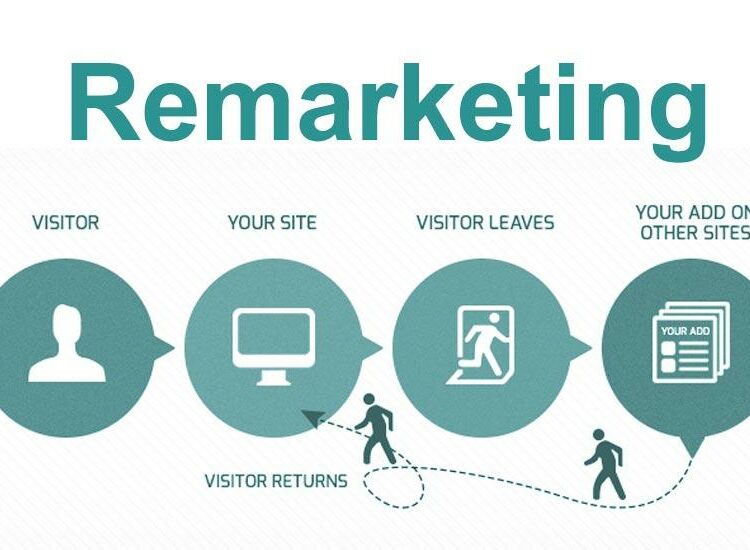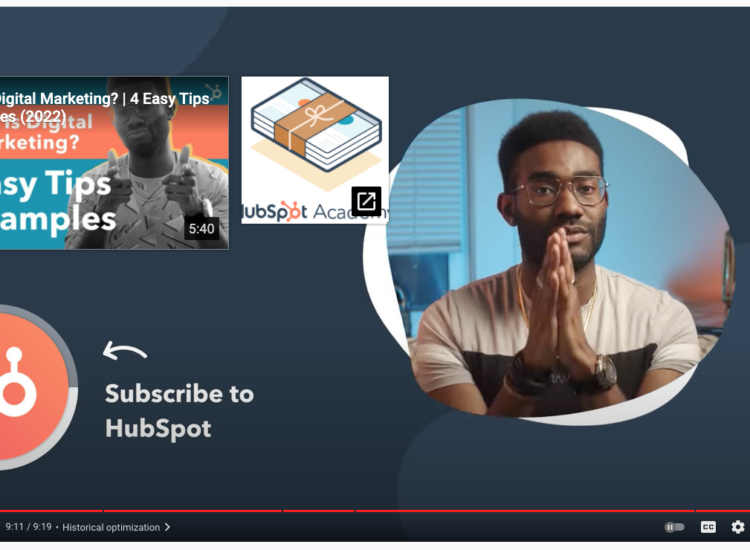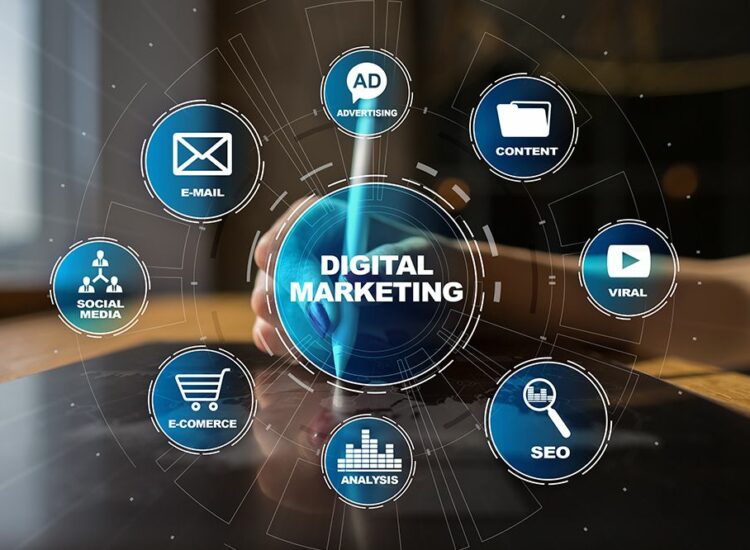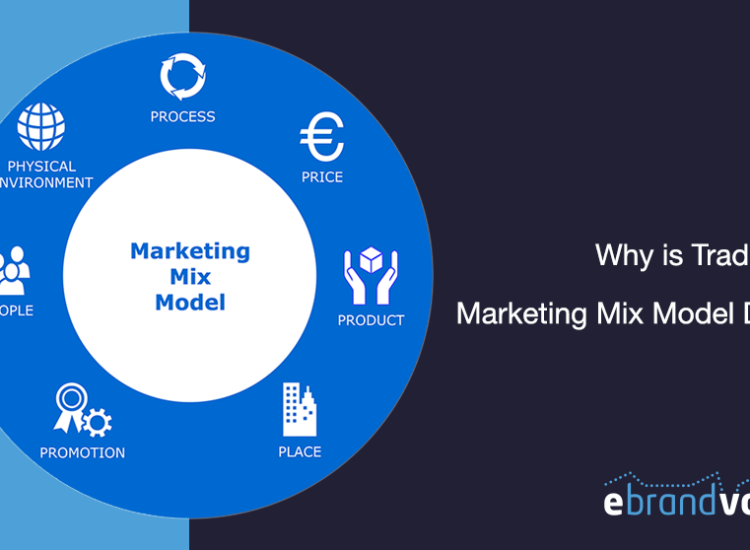In today’s fast-paced digital world, businesses of all sizes are continuously seeking ways to optimize their operations and maximize productivity. One innovative solution gaining traction is hiring a marketing virtual assistant (VA). This guide will explore the benefits of hiring a marketing VA, what tasks they can handle, and how to find the right one for your business.
Toc
Introduction to Virtual Assistants

Virtual assistants are remote workers who provide administrative, technical, or creative assistance to clients while working outside of the client’s office. They typically work from their own home or in a co-working space and communicate with clients through email, phone, or video conferencing tools. Virtual assistants can be hired on a part-time or full-time basis and offer businesses the flexibility they need without the costs associated with hiring an in-house employee.
What is a Marketing Virtual Assistant?
A marketing virtual assistant is a remote professional who specializes in various aspects of marketing. They provide support in areas such as social media management, content creation, email marketing, SEO, and more. By leveraging their expertise, businesses can streamline their marketing efforts without the overhead costs associated with in-house employees. Marketing VAs are an excellent resource for small businesses and startups, as they offer a cost-effective solution to handle essential marketing tasks.
Demands of Marketing Virtual Assistants
Marketing VAs are highly skilled professionals who possess a deep understanding of marketing strategies and techniques. They have experience in various industries and can adapt to different business needs quickly. Unlike traditional employees, virtual assistants work on a contractual basis, meaning businesses can hire them for specific projects or time periods without any long-term commitments. This flexibility enables businesses to scale their marketing efforts as needed, depending on budget and resources.
Statistics on Virtual Assistants
According to a report by Global Workplace Analytics, the number of people working remotely has grown by 140% since 2005, with an estimated 4.3 million US workers (3.2% of the workforce) now working from home at least half the time. The rise in remote work is not limited to traditional industries; marketing and creative roles are also seeing a significant increase in virtual assistants. A survey conducted by Small Business Trends found that over 37% of small businesses have hired a virtual assistant in some capacity.
Benefits of Hiring a Marketing Virtual Assistant

Cost Savings
One of the most significant advantages of hiring a marketing virtual assistant is the cost savings it offers. By employing a VA, businesses can avoid the hefty expenses associated with full-time employees, such as salaries, benefits, and office space. Marketing VAs typically work on a contract basis, allowing you to pay only for the hours worked or tasks completed. This arrangement enables businesses to allocate budget resources more effectively, focusing on growth initiatives without the financial strain of overhead costs. Furthermore, having a specialized professional can enhance the efficiency of your marketing efforts, ultimately leading to greater returns on investment.
Flexibility and Scalability
As businesses grow, their needs often change. One of the most significant benefits of hiring a marketing VA is the flexibility it offers in terms of scaling up or down as needed. If your business experiences a surge in demand, you can easily increase the number of hours worked by your virtual assistant or even hire additional VAs to support these demands. Likewise, if business slows down, you have the option to scale back on hours or end the contract without any long-term commitment.
Increased Productivity
By outsourcing essential marketing tasks to a virtual assistant, business owners and employees can focus on more critical aspects of running the company. Marketing VAs are highly skilled professionals who can efficiently handle tasks that may be time-consuming for other team members. By freeing up time and energy, businesses can increase overall productivity and achieve better results.
Access to Expertise
Hiring a marketing virtual assistant provides businesses with access to specialized expertise that may not be available within their existing team. Many marketing VAs have extensive backgrounds in various marketing disciplines, enabling them to bring fresh perspectives and innovative strategies to your marketing efforts. Their experience allows them to navigate industry trends, tools, and technologies effectively, which can enhance the overall quality of your campaigns. By partnering with a knowledgeable VA, businesses can benefit from their skills and insights, leading to more impactful marketing strategies that resonate with target audiences and foster growth.
Finding the Right Marketing Virtual Assistant

When searching for a marketing VA, it’s essential to find someone who aligns with your business goals and has the skills and experience necessary to support your marketing efforts effectively. Here are some tips to help you find the right candidate:
Define Your Needs
Before starting the search for a marketing virtual assistant, it’s crucial to identify your specific needs and the tasks you wish to delegate. Make a list of the marketing functions or projects that require assistance, such as social media management, content creation, or email marketing. Outline the skills required for each task, including any familiarity with specific tools or platforms you currently use. By clearly defining your needs, you can narrow down the pool of candidates to those who possess the relevant expertise and experience, ensuring a more efficient and successful hiring process.
Create a Job Description
Once you have defined your needs, the next step is to create a detailed job description for the marketing VA position. This description should outline the primary responsibilities, the skills and qualifications required, and any preferred experience in specific areas of marketing. Additionally, including information about your company culture and values can help attract candidates who are a good fit for your organization. Be sure to communicate the expected hours of work, whether the position is part-time or full-time, and the payment structure to ensure transparency from the outset.
Utilize Various Hiring Platforms
There are numerous platforms available for finding marketing virtual assistants, each catering to different needs and budgets. Consider using freelance job boards such as Upwork, Fiverr, or Freelancer, where you can post your job description and connect with a large pool of talented professionals. Additionally, you might explore dedicated virtual assistant agencies that can match you with qualified VAs based on your specified requirements. Utilizing a combination of these resources can enhance your chances of finding the right marketing assistant for your business.
Evaluate Candidates
After receiving applications or proposals, start the evaluation process to identify the most suitable candidates. Review their portfolios to assess their past work and ensure it aligns with your expectations. Conduct interviews to gauge their communication skills, understanding of your business needs, and their approach to problem-solving. Consider asking candidates to complete a small project related to the tasks they would be handling, as this can provide insight into their capabilities and efficiency.
Onboard Your Marketing VA
Once you’ve selected your marketing virtual assistant, it’s essential to have an effective onboarding process in place. Provide them with the necessary information about your company, branding guidelines, and any tools they will be using. Set clear expectations regarding communication, deadlines, and performance metrics. A well-structured onboarding process will help your new VA integrate smoothly into your team and set the tone for a productive working relationship.
Tasks a Marketing Virtual Assistant Can Handle

Marketing VAs are versatile professionals capable of handling a wide range of tasks. Here are some common responsibilities they can take on:
1. Social Media Management
- Creating and scheduling posts across various platforms to ensure consistent engagement with the audience.
- Actively engaging with followers by responding to comments and messages, fostering a sense of community and connection.
- Analyzing social media metrics to gauge the effectiveness of campaigns and understand audience behavior, helping to refine future strategies.
- Running targeted social media advertising campaigns to reach specific demographics and boost brand awareness.
2. Content Creation
- Writing blog posts, articles, and web copy that are not only informative but also optimized for search engines to attract organic traffic.
- Designing eye-catching graphics and visuals that complement the written content and enhance overall engagement.
- Creating video content that resonates with the target audience, tapping into the popularity of video on social media platforms.
- Developing comprehensive content calendars to plan and organize all content releases, ensuring a balanced mix of topics and formats.
3. Email Marketing
- Designing and sending visually appealing email campaigns that capture attention and drive engagement with clear calls to action.
- Managing email lists and segmentation to ensure that the right messages reach the right audience, improving open and click-through rates.
- Analyzing email performance metrics such as open rates, click rates, and conversions to optimize future campaigns.
- Conducting A/B testing on various email elements like subject lines and content to determine what resonates best with subscribers.
4. Search Engine Optimization (SEO)
- Conducting thorough keyword research to identify high-value search terms that can drive traffic and improve search rankings.
- Implementing on-page and off-page SEO optimization techniques to enhance the visibility and authority of the website.
- Monitoring and analyzing website traffic to identify trends, user behavior, and areas for improvement.
- Developing and implementing effective link-building strategies to boost the website’s authority and search engine rankings.
5. Market Research
- Analyzing competitors to understand their strengths and weaknesses, helping to identify opportunities for differentiation.
- Identifying market trends through data analysis and consumer insights to stay ahead of industry changes.
- Gathering customer feedback through surveys and focus groups to inform product development and marketing strategies.
- Creating detailed reports and summaries that synthesize research findings, providing actionable insights for decision-making.
6. Pay-Per-Click (PPC) Advertising
- Setting up and managing PPC campaigns across platforms like Google Ads and social media, ensuring effective budget allocation.
- Monitoring ad performance closely to identify trends and areas for optimization, maximizing return on investment (ROI).
- Adjusting bids and budgets based on performance data to ensure that the campaigns remain cost-effective and impactful.
- Analyzing overall ROI to assess the effectiveness of PPC efforts and inform future advertising strategies.
7. Graphic Design
- Designing marketing materials such as flyers, brochures, and banners that convey the brand’s message effectively and attractively.
- Creating visually engaging content for social media and websites that captures attention and encourages sharing.
- Editing photos and videos to enhance quality and align with brand aesthetics, ensuring a polished and professional look.
How to Hire the Right Marketing Virtual Assistant

Finding the right marketing VA for your business requires careful consideration and a structured approach. Here are some steps to guide you:
1. Define Your Needs
Start by identifying the specific tasks and responsibilities you need help with. This may include administrative duties, social media management, customer service, or specialized project support. By outlining your requirements in detail, you can better target your search for a virtual assistant (VA) with the right skills and experience tailored to your needs.
2. Look for Experience and Skills
When evaluating potential VAs, it’s important to consider not just their general experience but also their specific skill set relevant to your business. Look for professionals who have a proven track record in areas such as digital marketing, content creation, or data analysis, depending on your requirements. Reviewing their portfolios or case studies can give you insights into their expertise and how they can contribute to your projects.
3. Check References and Reviews
Don’t hesitate to ask for references from previous clients or check online reviews to gauge the VA’s reliability and quality of work. Testimonials can provide valuable insights into their ability to meet deadlines, communicate effectively, and handle tasks competently. Additionally, platforms that host freelance professionals often include ratings and reviews that can further inform your decision.
4. Conduct Interviews
Take the time to interview potential candidates, as this is crucial for assessing their communication skills, work ethic, and compatibility with your business culture. Prepare questions that address their problem-solving abilities, time management, and how they handle challenges. This conversation also allows you to discuss your expectations in detail, ensuring they have a clear understanding of your requirements and can align their work accordingly.
5. Start with a Trial Period
To minimize risks, consider initiating a trial period with a selected VA. This allows you to evaluate their performance in real-time before committing to a long-term arrangement. During the trial, set specific goals and metrics for success, which will help you assess their work quality, adaptability, and overall fit for your business culture.
6. Set Clear Expectations
Once you’ve selected a VA, it’s crucial to communicate your expectations clearly. Outline the specific tasks they will handle, deadlines for project deliverables, and preferred communication protocols. Establishing these parameters from the outset helps ensure both parties are aligned and can collaborate effectively, leading to a more productive working relationship. Regular check-ins can also assist in maintaining clarity and addressing any issues that may arise.
Conclusion

In conclusion, hiring a marketing virtual assistant can be a transformative step for your business, enabling you to focus on core activities while leveraging specialized skills to enhance your marketing efforts. By following a structured approach—defining your needs clearly, seeking the right experience, checking references, conducting thorough interviews, implementing a trial period, and setting clear expectations—you can ensure that you find the perfect fit for your team. As digital landscapes continue to evolve, so too will the demand for adaptable and skilled marketing professionals. Embracing the support of a capable VA not only streamlines your operations but also opens up avenues for innovation and growth in your marketing strategies.






